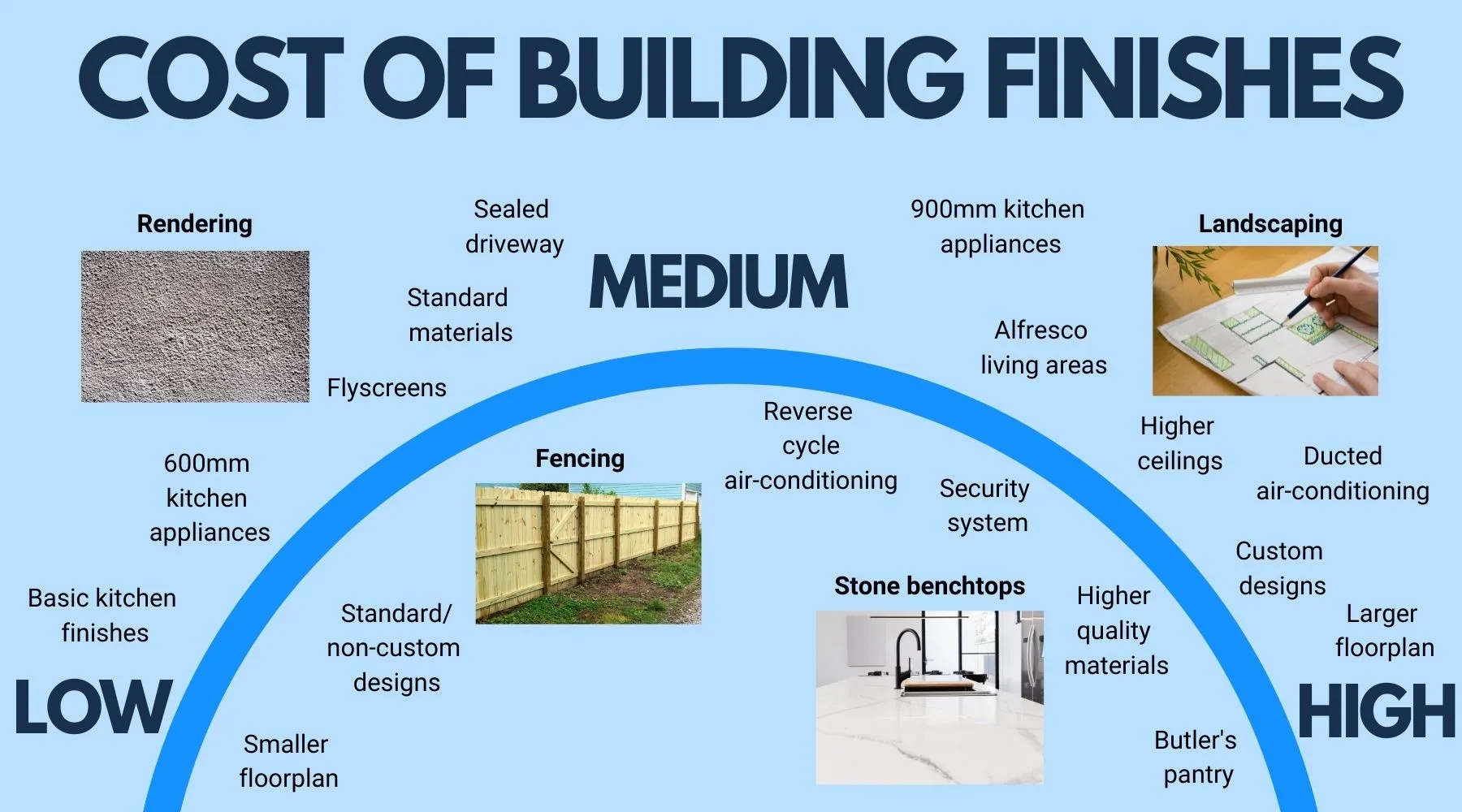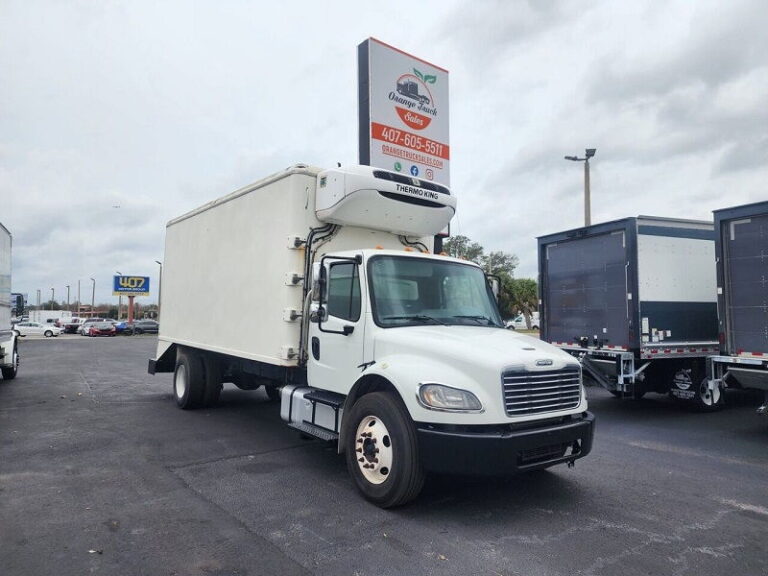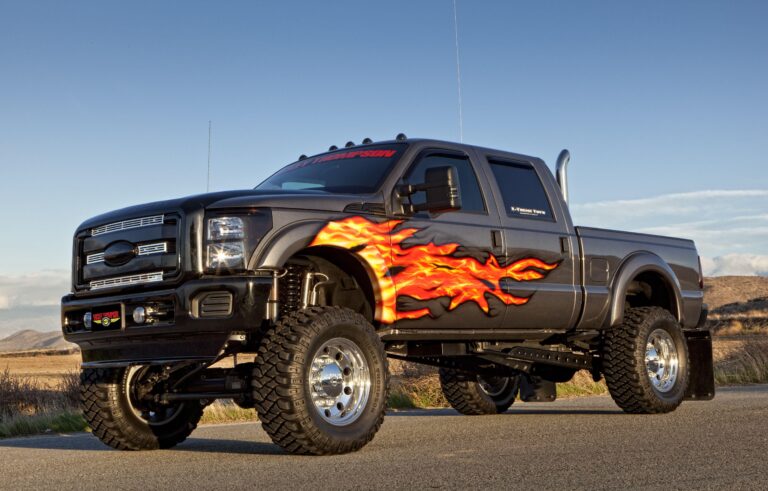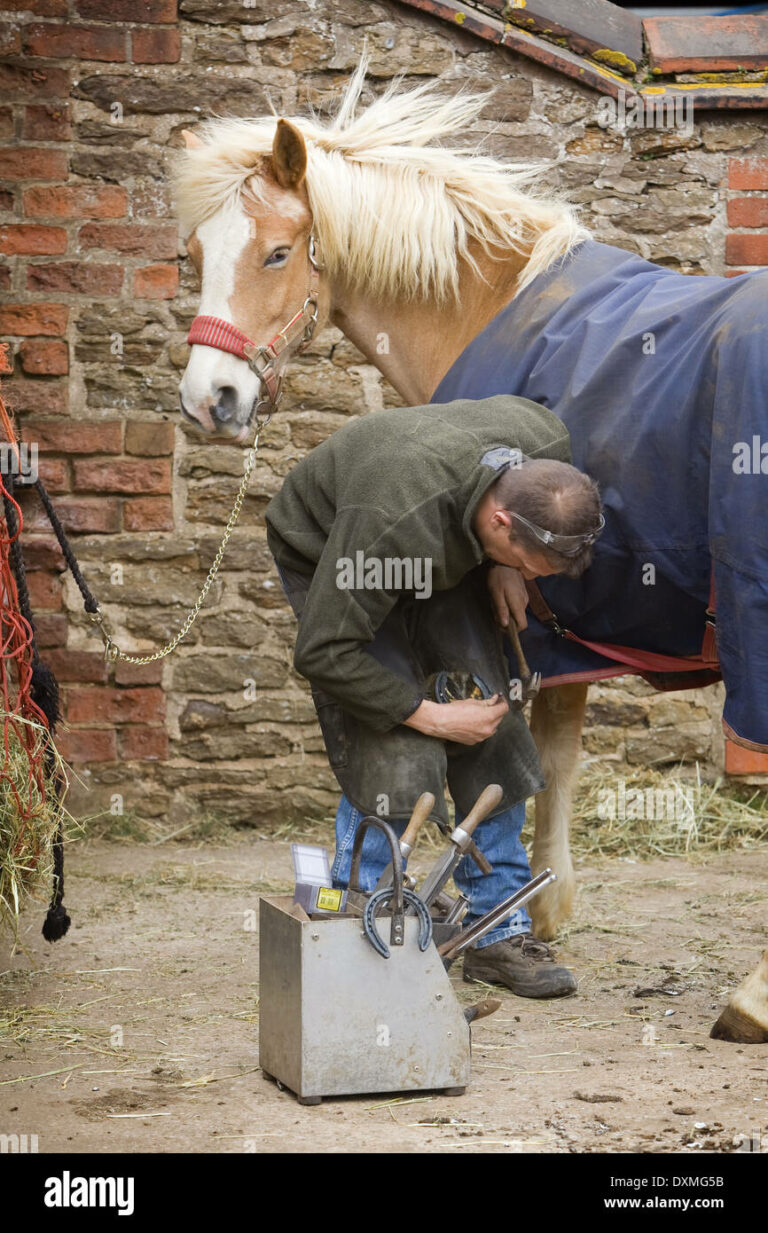How Much Do Tank Track Cost: A Comprehensive Guide to Armored Vehicle Mobility Expenses
How Much Do Tank Track Cost: A Comprehensive Guide to Armored Vehicle Mobility Expenses cars.truckstrend.com
Tank tracks, the iconic symbol of armored might, are far more than just glorified wheels. These intricate, heavy-duty systems are the very foundation of a tank’s mobility, enabling it to traverse treacherous terrain, distribute immense weight, and withstand the harshest environments. For anyone involved in military logistics, defense procurement, historical vehicle restoration, or simply curious about the mechanics of these formidable machines, understanding "How Much Do Tank Track Cost" is a critical piece of the puzzle. It’s not a simple price tag; rather, it’s a complex equation influenced by materials, design, vehicle type, market dynamics, and a host of other factors that contribute to their substantial expense.
This article will delve deep into the costs associated with tank tracks, exploring the components, types, influencing factors, and providing practical insights into their procurement. From the initial manufacturing outlay to long-term maintenance considerations, we aim to demystify the financial aspects of these essential military components.
How Much Do Tank Track Cost: A Comprehensive Guide to Armored Vehicle Mobility Expenses
The Anatomy of a Track: Why They’re So Expensive
Before we talk numbers, it’s crucial to understand what makes tank tracks inherently costly. A tank track is not a single piece but a sophisticated assembly of many individual components, each engineered for extreme durability and performance:
- Track Links (Pads): These are the individual segments that form the continuous belt. Made from high-grade, hardened steel alloys, they are designed to withstand immense pressure, abrasion, and impact. Each link must be precisely cast or forged to ensure uniform strength and fit.
- Track Pins: These connect the individual links, allowing the track to articulate and flex. Pins are typically made from incredibly strong, heat-treated steel, often with special coatings to reduce wear and corrosion.
- Bushings: These are often integrated into the links or pins to reduce friction and wear between moving parts.
- Rubber Pads: Many modern steel tracks incorporate replaceable rubber pads bolted to the outer surface of the links. These pads reduce damage to roads, decrease noise, and improve traction on paved surfaces. The quality and type of rubber (e.g., synthetic compounds for durability) significantly impact cost.
- End Connectors/Retainers: These secure the pins in place and prevent the track from disassembling.

The sheer volume of high-quality materials required, coupled with precision engineering, advanced manufacturing processes (casting, forging, machining, heat treatment), and rigorous testing standards, drives up the initial production cost significantly.
Types of Tank Tracks and Their Cost Implications
Not all tank tracks are created equal. Their design and material composition vary based on the vehicle’s purpose, weight, and operational environment, directly influencing their price:
-
All-Steel Tracks:
- Characteristics: The traditional choice for heavy Main Battle Tanks (MBTs) like the M1 Abrams, Leopard 2, or T-90. They offer maximum durability, resistance to damage, and excellent traction on soft ground.
- Cost Implication: Generally the most expensive due to the massive amount of high-grade steel, complex forging processes, and the sheer number of heavy-duty links and pins required. Their weight also contributes to higher shipping costs.

-
Rubber Tracks:
- Characteristics: Increasingly common on lighter armored vehicles, APCs (Armored Personnel Carriers), and even some lighter tanks. They offer reduced weight, lower noise and vibration, less damage to paved roads, and sometimes better fuel efficiency. They are often reinforced with steel cords or embedded steel bars.
- Cost Implication: Can be less expensive than all-steel tracks per set, but their lifespan might be shorter in certain harsh environments, leading to higher replacement frequency. The specialized rubber compounds and intricate internal reinforcement still make them costly.
-
Hybrid Tracks (Rubber-Padded Steel Tracks):
- Characteristics: A popular compromise, featuring steel links with bolted-on, replaceable rubber pads. This combines the durability of steel with the road-friendly and noise-reducing benefits of rubber.
- Cost Implication: The cost is typically mid-range, influenced by the quality of both the steel links and the rubber pads. The ability to replace only the pads (rather than the entire link) can reduce long-term maintenance costs.

Key Factors Influencing Tank Track Cost
The price tag for a set of tank tracks is highly variable. Here are the primary factors that cause significant fluctuations:
- Vehicle Type and Weight: This is perhaps the most significant factor. Tracks for a 70-ton MBT will be vastly more expensive than those for a 20-ton APC due to differences in size, material strength, and number of links.
- New vs. Used/Refurbished:
- New: Factory-fresh tracks from an Original Equipment Manufacturer (OEM) or a reputable aftermarket supplier will be the most expensive, offering guaranteed performance and lifespan.
- Used/Refurbished: Can be significantly cheaper (50-70% less), but their condition, remaining lifespan, and warranty (if any) are critical considerations. Refurbished tracks often involve replacing worn pins and bushings, but the main links are reused.
- Manufacturer:
- OEM (Original Equipment Manufacturer): Tracks made by the company that built the tank (e.g., General Dynamics Land Systems, Rheinmetall) are typically the most expensive but guarantee perfect fit and performance.
- Aftermarket Suppliers: Reputable companies specializing in track systems (e.g., Diehl Defence, Soucy) offer alternatives that can be more cost-effective while maintaining high quality. Cheaper, lower-quality aftermarket options may exist but carry risks.
- Material Composition and Grade: The specific alloys of steel, the type of rubber compound, and any specialized coatings or treatments (e.g., for corrosion resistance or reduced friction) directly impact manufacturing costs. Military-grade materials are always more expensive than commercial equivalents.
- Design Complexity: Features like single-pin vs. double-pin tracks, quick-release pins, or modular link designs can affect manufacturing complexity and cost.
- Quantity Purchased: Bulk orders (e.g., for an entire fleet) will often receive significant discounts compared to purchasing a single set.
- Logistics and Shipping: Tank tracks are incredibly heavy and bulky. Shipping costs, especially international freight, customs duties, and specialized handling, can add a substantial amount to the final price.
- Installation Labor: The cost of installing new tracks is often separate from the track purchase price. This requires specialized tools, equipment (cranes, hydraulic presses), and trained personnel, which can add thousands to tens of thousands of dollars.
- Market Demand and Geopolitical Factors: Supply chain disruptions, increased military spending, or conflicts can drive up demand and, consequently, prices.
Practical Advice and Actionable Insights
For anyone looking to procure tank tracks, here’s some practical advice:
- Define Your Needs Precisely: What type of vehicle? What terrain will it operate on? What’s your budget for initial purchase vs. long-term maintenance? This will guide your choice between steel, rubber, or hybrid, and new vs. used.
- Source Reputable Suppliers: For new tracks, contact OEMs or their authorized distributors. For aftermarket or used tracks, thoroughly vet suppliers, check their reputation, and ask for detailed inspection reports or warranties.
- Request Detailed Quotes: Don’t just ask for a "set price." Ask for a breakdown: cost per link, cost per pin, cost of pads (if separate), and the total for a complete set (including master links, etc.). Inquire about lead times and shipping costs separately.
- Consider Total Cost of Ownership (TCO): A cheaper track upfront might have a shorter lifespan, higher maintenance requirements, or cause more wear on other vehicle components (like road wheels or sprockets), leading to higher TCO. Factor in expected lifespan, ease of maintenance, and the cost of replacement parts.
- Inspect Used Tracks Thoroughly: If considering used or refurbished tracks, arrange for a professional inspection. Look for cracks, excessive wear on pins and links, stretched pitch (indicating wear), and the condition of rubber pads.
- Budget for Installation: Remember that installing tank tracks is a significant undertaking. Factor in labor costs, specialized equipment rental, and any necessary training for your crew.
- Look for Government Surplus or Auctions: For historical vehicles or non-operational displays, government surplus sales or specialized military auctions can sometimes offer tracks at a lower price, though quality and condition are highly variable.
Challenges in Procurement
- Scarcity: For older or less common tank models, finding new tracks can be extremely difficult or even impossible, driving up the price of available used sets.
- Logistical Complexity: Transporting multi-ton track sets requires specialized freight and customs clearance, especially internationally.
- Counterfeit Parts: Be wary of suspiciously low prices. Counterfeit or substandard tracks can fail catastrophically, endangering personnel and damaging the vehicle.
- Export Restrictions: Due to their military nature, tank tracks are often subject to strict export controls and regulations, complicating international purchases.
Estimated Tank Track Cost Table
It’s crucial to understand that these figures are estimates and can vary wildly based on the factors discussed above. They are provided to give a general sense of the significant investment involved. Prices are typically quoted per complete track set (enough for one side of the vehicle) or per link. A typical MBT might require 80-100+ links per side.
| Category | Type of Track | Estimated Cost Range (New) | Estimated Cost Range (Used/Refurbished) | Notes |
|---|---|---|---|---|
| Light Armored Vehicles | Rubber Track (per set) | $15,000 – $40,000 | $5,000 – $15,000 | For vehicles like M113 APC, FV101 Scorpion, CV90 (lighter versions). Often sold as a complete, continuous belt. |
| Medium Tanks/Heavy APCs | Steel/Hybrid (per set) | $50,000 – $150,000 | $20,000 – $60,000 | For vehicles like M2 Bradley, Warrior IFV, older T-55/T-72 (depending on specific type). Cost depends heavily on link design (single/double pin), material, and whether rubber pads are included/replaceable. |
| Main Battle Tanks (MBTs) | Steel/Hybrid (per set) | $200,000 – $500,000+ | $75,000 – $250,000 | For vehicles like M1 Abrams, Leopard 2, Challenger 2, T-90. These are the heaviest, most complex tracks. Prices can be quoted per link (e.g., $1,000 – $3,000+ per link, with 80-100+ links per side). |
| Individual Components | Single Steel Track Link | $1,000 – $3,000+ | $300 – $1,000 | For MBT tracks. Often purchased for repair/replacement of damaged links rather than a full set. |
| Rubber Pad (each) | $50 – $300 | N/A (usually replaced new) | For hybrid tracks. Cost varies by size and rubber quality. A full set of pads for an MBT can cost tens of thousands of dollars alone. | |
| Installation Labor (Est.) | Per side | $5,000 – $20,000+ | $5,000 – $20,000+ | Requires specialized tools, heavy equipment (cranes, track presses), and skilled technicians. Varies by location and complexity. Often not included in track purchase price. |
Note: These prices do not include shipping, customs duties, or specialized handling, which can add significantly to the overall cost.
Frequently Asked Questions (FAQ)
Q1: Why are tank tracks so expensive?
A1: Their high cost stems from the use of specialized, high-grade, hardened steel alloys and advanced rubber compounds, complex precision manufacturing processes (casting, forging, heat treatment), rigorous quality control, and the sheer volume of material and labor required for hundreds of intricate components in a single set. They are engineered for extreme durability in harsh environments.
Q2: How long do tank tracks last?
A2: Lifespan varies greatly depending on the vehicle type, terrain, operational intensity, and maintenance. Steel tracks on an MBT might last anywhere from 1,000 to 5,000+ kilometers, while rubber tracks might have a shorter lifespan (e.g., 500-2,000 kilometers) but are often easier to replace. Proper tensioning, regular cleaning, and avoiding excessive road travel can extend their life.
Q3: Can I buy tank tracks for a civilian vehicle or project?
A3: While technically possible for specialized off-road or construction vehicles, adapting tank tracks for civilian use is extremely challenging and expensive. Civilian "track conversion kits" exist for some vehicles, but they are generally rubber-based systems, not true military tank tracks, and are designed for specific applications like snow or mud. Military tank tracks are often subject to export controls.
Q4: Who manufactures tank tracks?
A4: Leading manufacturers include defense contractors like Rheinmetall (Germany), General Dynamics Land Systems (USA), BAE Systems (UK), and specialist track manufacturers such as Diehl Defence (Germany), Soucy (Canada – known for rubber tracks), and various national defense industries.
Q5: Are rubber tracks always cheaper than steel tracks?
A5: Not necessarily per kilometer of lifespan. While a set of rubber tracks might have a lower upfront purchase price than a set of heavy steel tracks for a comparable vehicle, their potentially shorter lifespan in extreme conditions could lead to higher long-term replacement costs. For very heavy MBTs, steel tracks remain the primary, most robust, and often most cost-effective long-term solution.
Conclusion
The cost of tank tracks is a formidable figure, reflecting the immense engineering, material science, and manufacturing expertise invested in these critical components. Far from a simple spare part, they represent a significant portion of an armored vehicle’s operational budget, both in initial procurement and ongoing maintenance. Understanding the diverse factors that influence their price – from material composition and vehicle weight to manufacturing origin and market dynamics – is essential for anyone navigating the world of military logistics or simply appreciating the complexity of modern defense technology. While the price tags may seem astronomical, they underscore the vital role these intricate systems play in ensuring the mobility, survivability, and effectiveness of armored forces around the globe.






